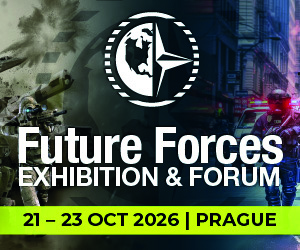Modifiable Protein Crystal Could Lead To Better Materials In Ballistic Vests
UC San Diego chemists have manufactured a modifiable protein crystal with a possible useful property. When a material is extended in one direction, it thickens in a perpendicular direction instead of thinning… something seen with other materials. When the material is squeezed in one dimension, it decreases in the other instead of expanding, which results in denser materials.
It’s this odd behavior that may become useful in the soles of all types of shoes – offering better absorption levels when the heel hits the pavement or to develop body armor that will increase in strengthen when a bullet hits it.
What UC San Diego Researchers Learned About The Adaptive Protein Crystal
According to UC San Diego Chemistry and Biochemistry Professor Akif Tezcan, auxetic is the reason for this happening. Tezcan was head of the team of researchers who laid out the invention in an upcoming Nature magazine article. He said it was never before tested as a molecular level.
The group produce a sheet-like crystal comprised of proteins that linked together in a repeating design. They opted for the RhuA protein due to its square shape, using it like tiles to create their material. He said the team come up with a way to produce powerful, supple and reversible bonds that linked the protein tiles at the corners. He said the flexibility permitted tiles to revolve in the open spaces of porous material – closing up like a pliable sieve.
When the protein crystal material is stretched in one direction, it results in the linked protein tiles to turn in harmony, other expanding or contracting in opposite directions.
The Poisson ratio, which is a constructive measurement for materials that increase or decrease in opposition, defines the connection. The material Tezcan and his group came up with had a Poisson rating of -1.
The crystals are perfectly created, with nearly no missing tiles and the material can heal itself. Protein tiles will easily go back into place with the right exposed to the proper chemical conditions.
Tezcan said the protein design is based on the highly chemistry-based method where the materials are developed through an efficient yet simple design technique with very few modifications to the protein-building blocks. He said the materials are easy to produce and offer an array of research ideas when it comes to understanding the basic ideas behind nanoscale self-assembly and materials applications.
There were five other paper authors:
- Timothy Baker – UC San Diego chemistry and biochemistry professor
- Yuta Suzuki – researcher from UC San Diego and in Tezcan’s research group
- Pablo Zavattieri – Purdue University
- David Restrepo – Purdue University
- Giovanni Cardone – researcher in Timothy Baker’s research group







